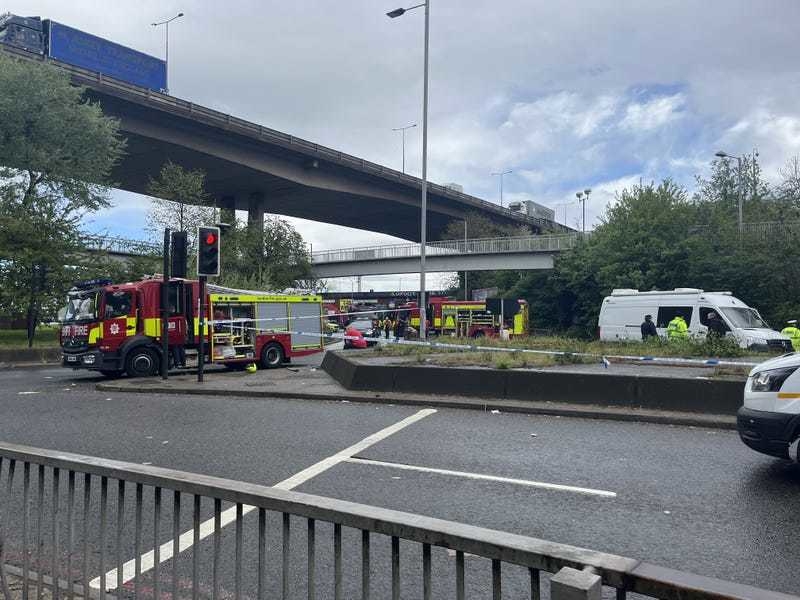The St Lawrence Church Conservation Group, which recently lost a long battle to stop an extension being built at the parish church to house toilets, claims on its Facebook page that the work has revealed the remains of 38 bodies encased in granite coffin-like boxes known as cist graves.
According to the group the graves could pre-date the Protestant Reformation in the 16th century. Other sources say that more than 40 remains, which may have been buried around the time of the Battle of Hastings in 1066, have been unearthed.
St Lawrence Rector, the Reverend Phil Warren, declined to confirm the details.
However, he said: ‘Regarding the archaeological work, there have been findings, as we all expected, as the north aisle was built on a medieval cemetery.
‘But we will only be able to make informed comments about this when the report has been written up by Robert [Société Jersiaise archaeologist Robert Waterhouse, who also declined to comment] and his team. I’m not sure when this will be, but I imagine it to be sometime in the autumn.
‘As with any similar work undertaken in and around our Island churches, all the correct procedures are in place. In terms of this project for St Lawrence, the information on the standards and guidelines the archaeologists are following for the correct and ethical treatment of human remains are still publicly available in the Société Library.’
The St Lawrence Church Conservation Group has also expressed concerns that vehicles being driven over paths in the churchyard could pose a threat to more graves and archaeological items in the ground.
In response, Mr Warren said that all the work was being monitored by Mr Waterhouse and Planning’s historic buildings team.
He said: ‘I can confirm that no cars or pick-up trucks are being driven over or parked on the path as part of the works to the extension.
‘Occasionally our church members park their cars near the north door to limit the distance of carrying items, such as buckets of flowers, in and out of church, and the parish van is sometimes used to remove grass cuttings. But this practice has happened for many years, and as Robert Waterhouse assured me recently, such vehicles would have no impact whatsoever on what lies beneath the surface.’
In February 500 people attended a parish assembly to decide if the controversial extension should go ahead. A total of 275 parishioners voted for the project to continue and 192 voted against the scheme.
It ended a long row over whether toilets and kitchen facilities should be created inside the ancient building or added in an extension. The argument led to allegations of threatening behaviour and harassment.






